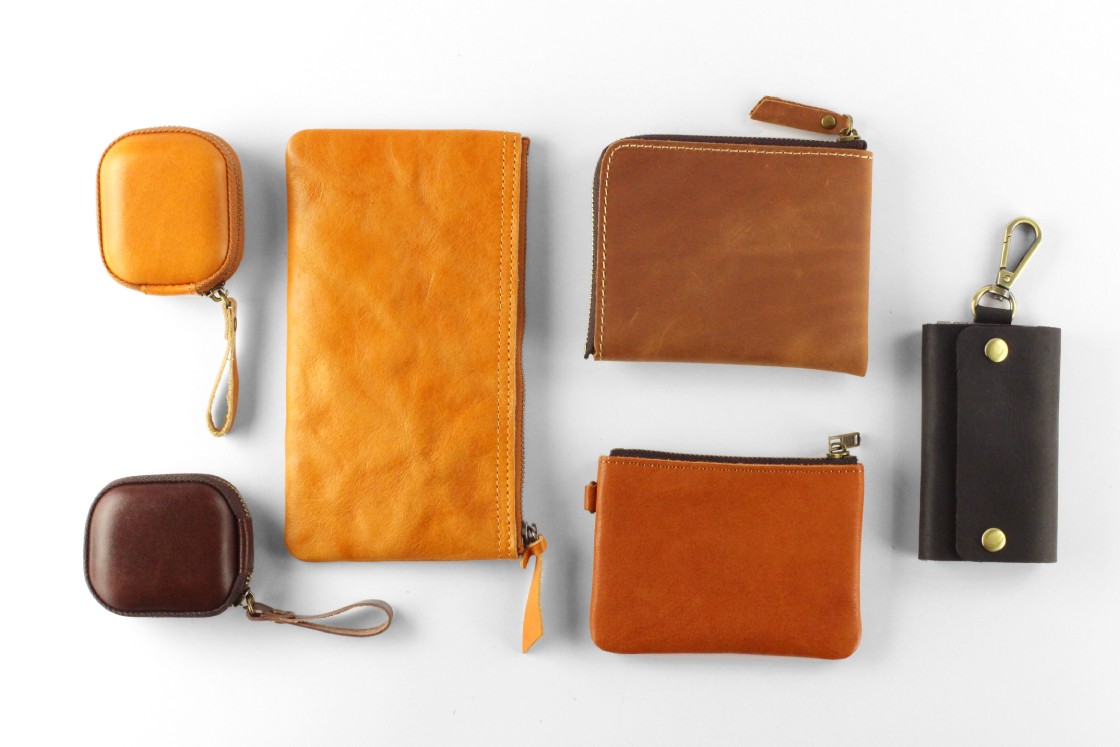Shopping for leather goods often brings many questions, especially when you encounter the genuine leather label. What should you know about this label? Does it guarantee quality? Is it worth the price?
When you understand the ins and outs of genuine leather, you’ll be empowered to make smarter purchasing decisions. Let’s unravel the mystery behind the genuine leather label and discover what you need to know before your next leather purchase.
The Meaning of Genuine Leather
The term “genuine leather” often sparks curiosity and some confusion, and contrary to popular belief, the label doesn’t necessarily equate to high quality. Genuine leather refers to any product made with real leather, but it is usually the lowest quality of the various leather grades available. Higher grades include full-grain and top-grain leather, which offer more durability and a better finish.
The Production Process
Manufacturing genuine leather involves several steps. Typically derived from the lower layers of the hide, genuine leather is created by splitting the hide and then treating it with dyes and finishes. This process gives the material a consistent look, but it also means the finished product lacks the natural imperfections that make higher-grade leathers unique.
Durability and Lifespan
While genuine leather is indeed real leather, it’s not necessarily the most durable, especially when compared to full-grain leather products. Genuine leather products may show wear and tear more quickly with regular use. However, with proper care, such as regular cleaning and conditioning, you can extend the life of genuine leather items.
Common Uses
Genuine leather finds its way into various products thanks to its versatility and relative affordability. Common items include belts, wallets, handbags, and jackets. Many consumers prefer these products because they offer the look and feel of leather without the hefty price tag associated with premium grades.
How To Identify Genuine Leather
Spotting genuine leather can be tricky, but not impossible. First, look for a label or stamp that says “genuine leather.” Additionally, genuine leather often has a uniform surface and lacks the distinctive markings of higher-grade leather. If you’re unsure, consult a sales associate or do a quick feel test—genuine leather will feel smoother and more flexible compared to the stiffer, more textured higher grades.
Peeling back the layers of what you should know about the genuine leather label opens up a world of insights, allowing you to make smarter, more informed choices when buying leather goods. No longer will the term “genuine leather” be a mystery or cause for confusion. Instead, you can approach your next purchase with confidence and clarity. So go ahead—embrace your newfound leather knowledge and enjoy selecting pieces that truly meet your style and quality standards!








